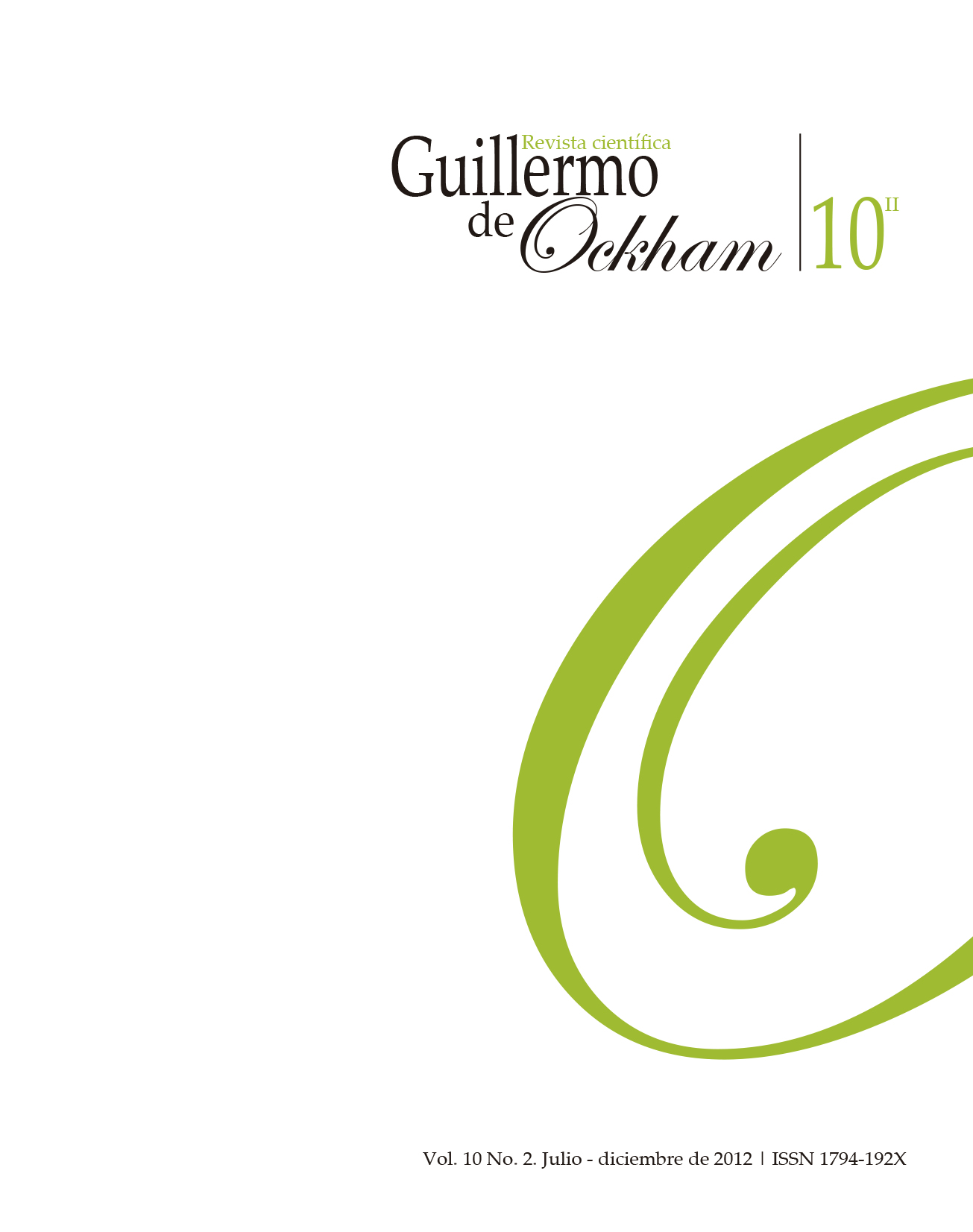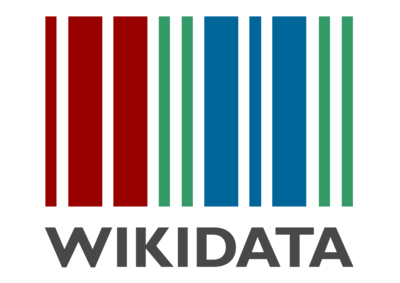The Revista Guillermo de Ockham provides an immediate and open access to its content, based on the principle of offering the public a free access to investigations to provide a global interchange of knowledge.
Unless otherwise established, the contents of this journal has a license with Creative Commons Attribution-NonCommercial-NoDerivatives 4.0 International (CC BY-NC-ND 4.0) http://creativecommons.org/licenses/by-nc-nd/4.0/
- Attribution: You must give appropriate credit, provide a link to the license, and indicate if changes were made. You may do so in any reasonable manner, but not in any way that suggests the licensor endorses you or your use.
- NonCommercial: You may not use the material for commercial purposes.
- NoDerivatives: If you remix, transform, or build upon the material, you may not distribute the modified material.
- No additional restrictions: You may not apply legal terms or technological measures that legally restrict others from doing anything the license permits.
Abstract
En este documento se presenta un modelado matemático y la simulación de un individuo que porta un exoesqueleto en sus miembros inferiores. Se utiliza un modelo de cinco segmentos de unión (piernas, muslos y tronco) accionados con motores eléctricos. El planteamiento de las ecuaciones de movimiento está soportado en la expresión de Lagrange-Euler. Se presentan las ecuaciones matemáticas en una organización de tipo matricial que son simuladas en el software de Matlab®. De esta manera, se analizan datos de torque en las articulaciones de acuerdo con trayectorias preestablecidas, que se han construido con información tomada de la marcha de individuos, y se comparan los resultados con datos encontrados en la bibliografía consultada. La simulación construida en Matlab® pretende constituirse en una herramienta que le facilite al fisioterapeuta evaluar los comportamientos de un individuo que presente discapacidad motriz en sus miembros inferiores y porte un exoesqueleto para desarrollar un ciclo de marcha.
































